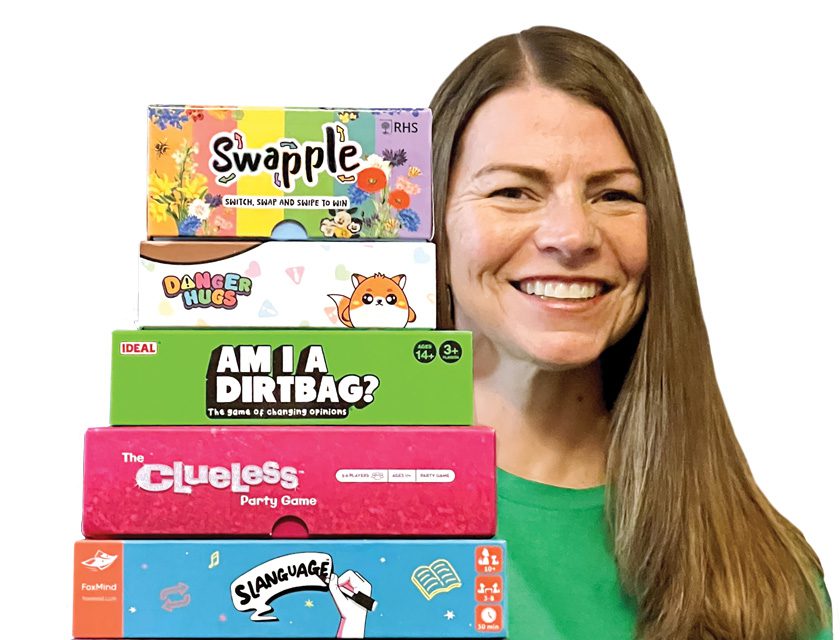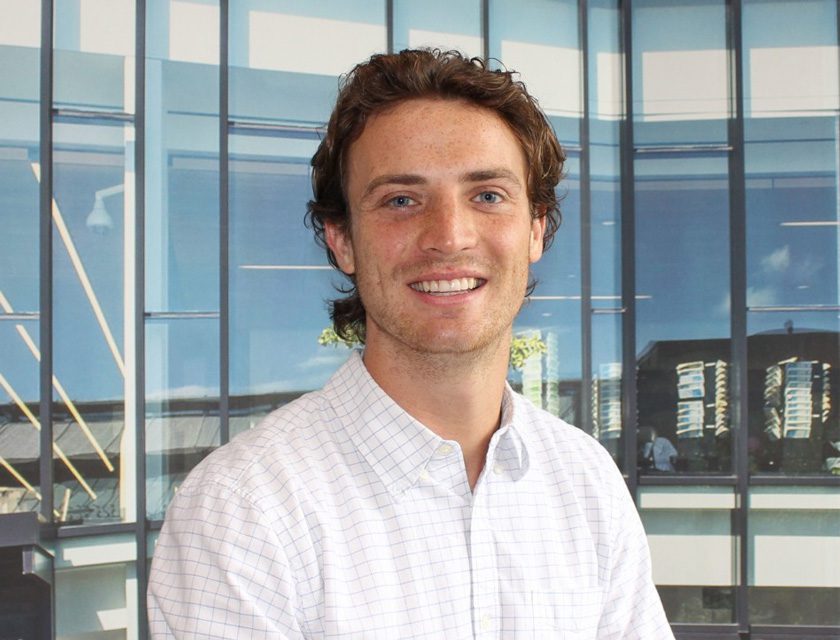
Hungarian-born Maria Telkes was an energetic, accessible, determined pioneer for solar energy who was underappreciated
BY AXEL ALFARO-HERNANDEZ
With a prism-shaped aluminum box tucked under her arm, 54-year-old scientist Maria Telkes walked across the campus of New York University toward a group of faculty members and students who gathered under the midday sun.
Making her way to the center of the group, she set down the box, slipped on four shiny metal sheets, and popped in some burger patties. Soon, the fat from the burgers began to sizzle, the meaty aroma wafted outward, and surrounding stomachs started to rumble.
Thirty-five minutes later, crispy brown burgers—cooked entirely by the sun—awaited the hungry crowd.
“It will bake, broil, roast, and toast—everything except whistle,” Dr. Telkes joked to a journalist about this latest invention of hers, the solar oven.
At this point in her career, in 1955, Telkes was called “The Sun Queen” for a reason. The public had watched her promote solar energy in TV shows and read about her work in print.
Now, after decades of speaking theoretically about the usefulness of the sun, she enjoyed showing off the tangible benefits of solar energy: cooking food using nothing but the sun.
Telkes’ solar oven was something different from her previous work, but it had drawn her closer than ever to her vision—one of universally accessible and affordable energy—that led her to the United States in the first place.
Born in Hungary, Telkes developed an interest in chemistry as a child. At age 11, a school experiment she observed led her to set up a “laboratory” inside her parents’ garden-house in Budapest.
Telkes’ at-home experimentation, including one “loud but harmless explosion,” was thankfully tolerated by her amused parents. Her passion for science eventually led her to pursue higher education despite the fact that only 14 percent of university students in Hungary were women.
As a freshman at the University of Budapest, Telkes read a book on alternative energy sources that ignited her lifelong fascination with solar energy and defined her career moving forward.
“The book explained that the usual energy sources have geographical limitations, especially in the less-developed tropical regions, but the sun is directly overhead in the tropics, and you do not have to explore for it,” she recalled later.
She pictured a day when people in developing countries would have access to free energy to satisfy their basic needs, and she wanted to make it a reality.
Telkes obtained a doctoral degree in physical chemistry in 1924 and served as an instructor for a time at the university before immigrating to the United States, then a leader in solar energy research. In 1928, she took a job as a biophysicist at the Cleveland Clinic Foundation, a nonprofit academic medical center founded just seven years prior.
For nearly a decade, Telkes assisted surgeon, scientist, and clinic co-founder Dr. George Washington Crile with projects like using dead organic matter to create synthetic cells that could theoretically help scientists better understand cancer cells.
It was there that she had her first encounters with the media. Initially attracted by the foundation’s research, journalistic focus quickly shifted away from the science to the superficial—an indication of things to come.
For the entire story, see uspto.gov/learning-and-resources/journeys-innovation.



